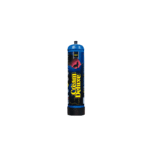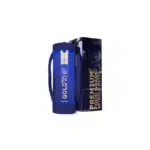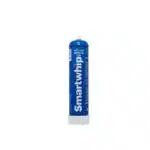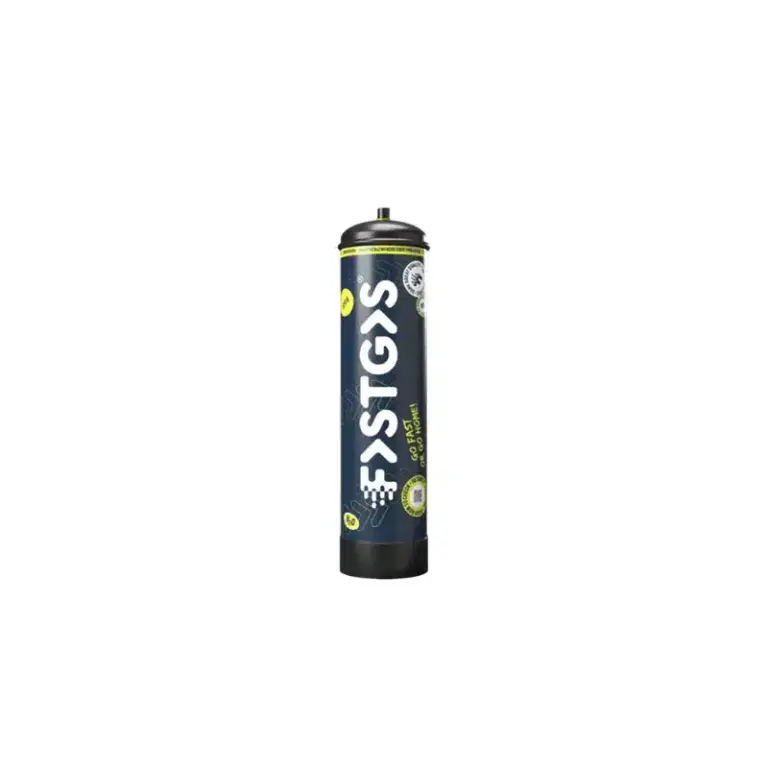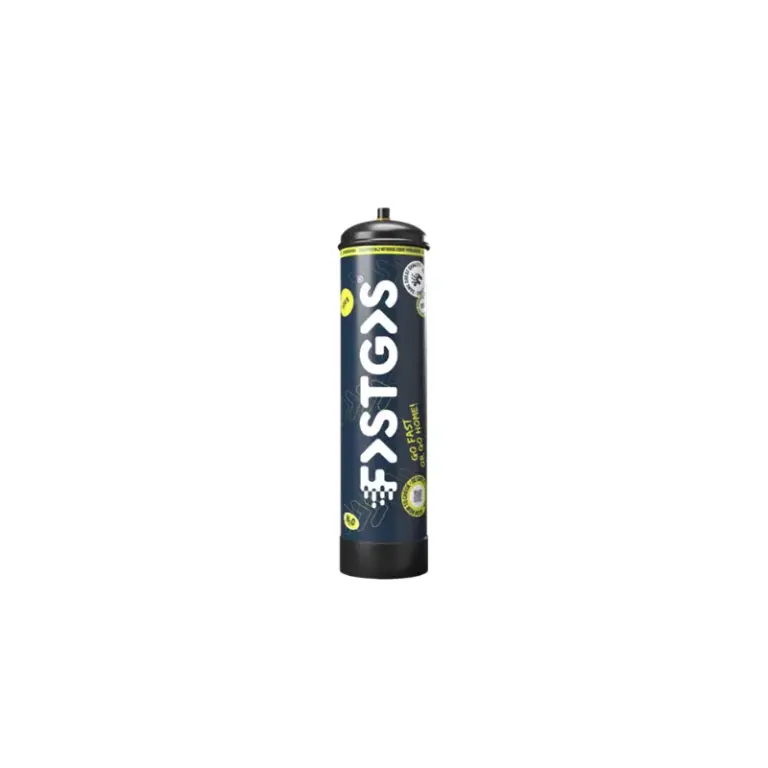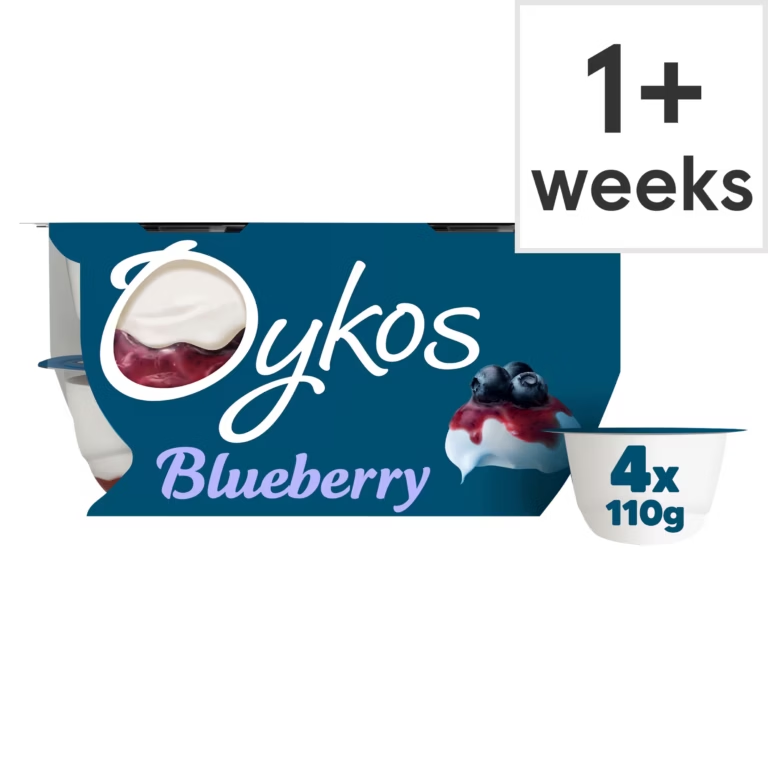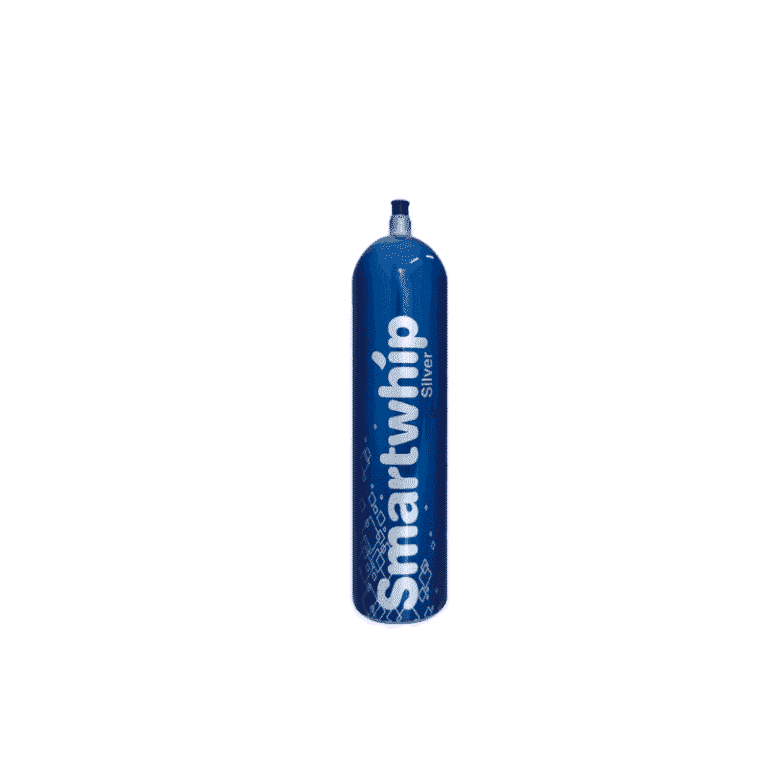Introduction
It is actually the magical remedy that kick-starts countless mornings worldwide. Yet, have you ever stopped mid-sip and also pondered, “Exactly just how much coffee resides in this?” Whether you’re grabbing a cappuccino, try prior to a big conference or taking pleasure in a slow-brewed flat white on a Sunday early morning, coffee content may differ extensively.
Understanding just how much coffee remains in isn’t only for the health-conscious– it’s also essential for making the most of the advantages (and also decreasing the anxieties). In this particular article, our team’ll malfunction the caffeine content across various kinds, variables that influence high levels of caffeine amounts, and also practical ideas to manage your regular consumption smartly. Let’s set sail and also decode the ta!!.
How Much Caffeine Is Actually Typically in Coffee?
Usually, an 8-ounce (about 237 ml) cup of brewed coffee contains 95 milligrams of coffee. This number isn’t uncompromising. Relying on the developing technique and style, as well as providing measurements, the coffee material can easily turn anywhere from 30 mg to 200 milligrams (or maybe more!).
Right here’s an easy failure:
- Kind Of CoffeeCaffeine Content (relative).
- Brewed (regular) 95 mg per 8 oz.
- EEspresso 63 milligrams every 1 oz (solitary shot).
- Quick Coffee30– 90 mg every 8 oz.
- Decaf Coffee2– 5 mg per 8 ounces.
- Cold weather Brew150– 240 mg per 12 ounces.
As you can find, a very small coffee shot may package a tough blow, while an instant could be a gentler ride. Additionally, cold brew– due to its own lengthy steeping time– tends to be rather a goliath!

Aspects That Affect Caffeine Content.
Certainly not all mugs of coffee are actually created identical. Numerous variables affect the amount of caffeine that ends up in your mixture:
1. Sort Of Bean.
There are actually a pair of main sorts of coffee beans: Arabica and Robusta.
Arabica beans (the best typical) possess concerning half the coffee of Robusta grains.
Robusta beans are typically made use of in on-the-spot and less costly blends due to their higher levels of caffeine content as well as stronger taste.
If you’re sipping a specialized Arabica mixture, expect a slightly mellower high level of caffeine hit matched up to a solid Robusta-based cup.
2. Roast Level.
You may presume a darker roast will suggest more caffeine; however, shock– it’s not that easy.
Light roasts maintain somewhat higher levels of caffeine by amount.
Darker roasts shed some high levels of caffeine during tonger roasting but are actually denser, meaning you could utilize even more beans by body weight, evening things out.
In functional terms, the distinction is little, yet if you’re chasing larger news, a light roast may offer you a slight advantage.
3. Making Method.
How you steep your coffee produces a significant difference:
Espresso is strongly concentrated yet offered in small tries.
Trickle (machine-brewed) normally has additional high levels of caffeine per mug.
French press coffee typically has slightly additional caffeine because of prolonged brewing.
Cold brew possesses the highest caffeine focus per ounce.
For example, a high (12 oz) cold brew from your favorite café can have as much caffeine as two or maybe thcaféespressotries!
4. Serving Size.
Caffeine content is actually additionally regarding the amount of you consume alcohol. A 16-ounce “Grande” coffee from a café normally possesses higher levels of ccaféine than your typical home mug.
Pro pointer: Always inspect serving dimensions when comparing coffee numbers, particularly when purchasing out.

Reviewing Popular Coffee Drinks.
Allow us to take a look at some common faves and their high levels of caffeine counts:
Starbucks Brewed Coffee (Grande, 16 ounces)– regarding 310 mg.
McDonald’s Coffee (Small, 12 ounces)– concerning 109 mg.
Latte or Cappuccino (solitary espresso chance)– around 63– 75 milligrams.
Americano (2 capuccino tries)– around 125– 150 mg.
If you’re buying at a coffee shop, bear in mind that add-ons like extra coffee shots (” double” or “three-way”) promptly increase your coffee intake.
Tips for Managing Your Caffeine Intake.
Maybe a healthy and balanced routine– packed with antioxidants and also linked to numerous health and wellness advantages– but excessively high levels of caffeine can easily trigger negative effects like stress and anxiety, sleep problems, as well as indigestion.
Right here’s just how to enjoy your coffee sensibly:
Know your limitations.
Health and wellness professionals normally advise restricting caffeine to 400 mg per day for a lot of adults– regarding 3– 4 cups of made.
Spread it out.
Instead of downing three coffees back-to-back in the morning, room all of them throughout the time to prevent a wreck.
Mind your mix-ins.
Lattes and coffees may possess much less high levels of caffeine per oz matched up to made coffee yet can incorporate fats via milk and sugar.
Experiment with brewing designs.
If you’re vulnerable to high levels of caffeine, go with drip coffee over chilly brew or attempt half-caff blends.
Stay hydrated.
It is a mild diuretic, so balance it along with a lot of water.
Frequently Asked Questions About Caffeine in Coffee.
1. How much high levels of caffeine are way too much?
For the majority of healthy grownups, up to 400 milligrams of coffee daily is actually taken into consideration. That is 4– 5 little mugs of coffee. Nonetheless, the level of sensitivity varies– some people feel nervous along with just one cup!
2. Carries out decaf actually possesses no high levels of caffeine?
Nope! Decaf still has a percentage of coffee, often around 2– 5 milligrams every 8-ounce mug. It’s a terrific low-caffeine option but not 100% caffeine-free.
3. Is actually cool brew more powerful than hot coffee?
Usually, yes. Cold weather brew is soaked for several hours, causing an extremely focused caffeine web content– more than traditional hot.
4. Does instant possess less coffee?
Usually, yes. Quick usually consists of 30– 90 mg of coffee per cup, depending on the label and how many particles you make use of.
5. Can I consume coffee while pregnant?
The majority of healthcare providers encourage restricting caffeine consumption to 200 mg each day while pregnant– concerning one 12-ounce cup of coffee. Consistently talk to your physician for tailored tips.

Verdict: Sip Smarter Is
It is much more than just a refreshment– it’s a ritual, a convenience, and sometimes, a lifesaver on hectic early mornings. Yet knowing the amount of high levels of caffeine reside in your helps you delight in every sip while staying cautious of your health and wellness.
Upcoming opportunity you steep a cup or order your preferred flat white, you’ll have a better suggestion of what is actually within.
Did you like this overview?
Portion it along with your fellow enthusiasts, lose a review with your beloved brew, or even take a look at our various other articles on coffee hacks and also make recommendations!




